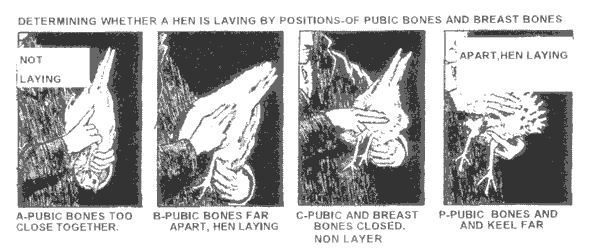Poultry Home Companion
In the Brooder
Hi all!
I've researched the forums and haven't yet found the answer to this question, but I did read some interesting and vague information about food coloring...
Maybe I should be asking this of a math major, but maybe it's more of a chicken expert topic than it is a brain teaser:
We have 19 total laying hens:
Our entire flock is kept in the same coop and run, so knowing which hen laid which egg is really difficult to establish. With winter upon us, I'm assuming the shorter days will be a significant factor, but let's set that point aside for now. Still, it would be nice to know who is paying the rent and who should be in the soup pot, so to speak. I don't know whether I'll be motivated to cull the old timers out of the flock anytime soon, but not knowing how to do so has me scratching my head.
What is the methodology here? And what in the world is this food coloring trick?
Thanks for any help you can provide!
T
I've researched the forums and haven't yet found the answer to this question, but I did read some interesting and vague information about food coloring...
Maybe I should be asking this of a math major, but maybe it's more of a chicken expert topic than it is a brain teaser:
We have 19 total laying hens:
- Six very mature adults hens that were laying pretty steadily until a few months ago,
- Three adolescents that were born in May and are quite likely all laying by now, and
- Ten adolescents that were born in June that could be laying by now.
What is the methodology here? And what in the world is this food coloring trick?
Thanks for any help you can provide!
T






 ) You may have none with this complaint but it is sadly all too common in production birds over 2 years old.
) You may have none with this complaint but it is sadly all too common in production birds over 2 years old.